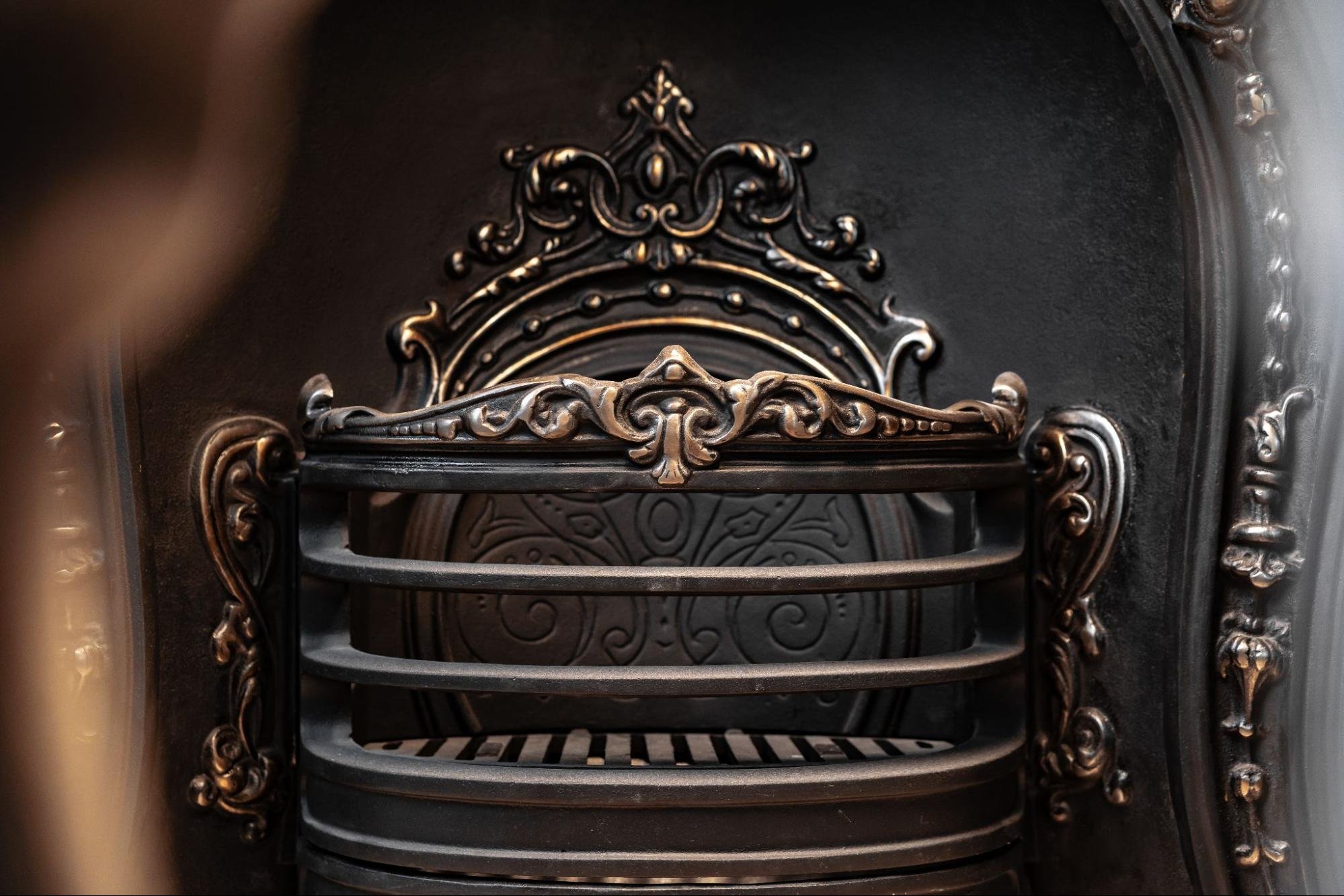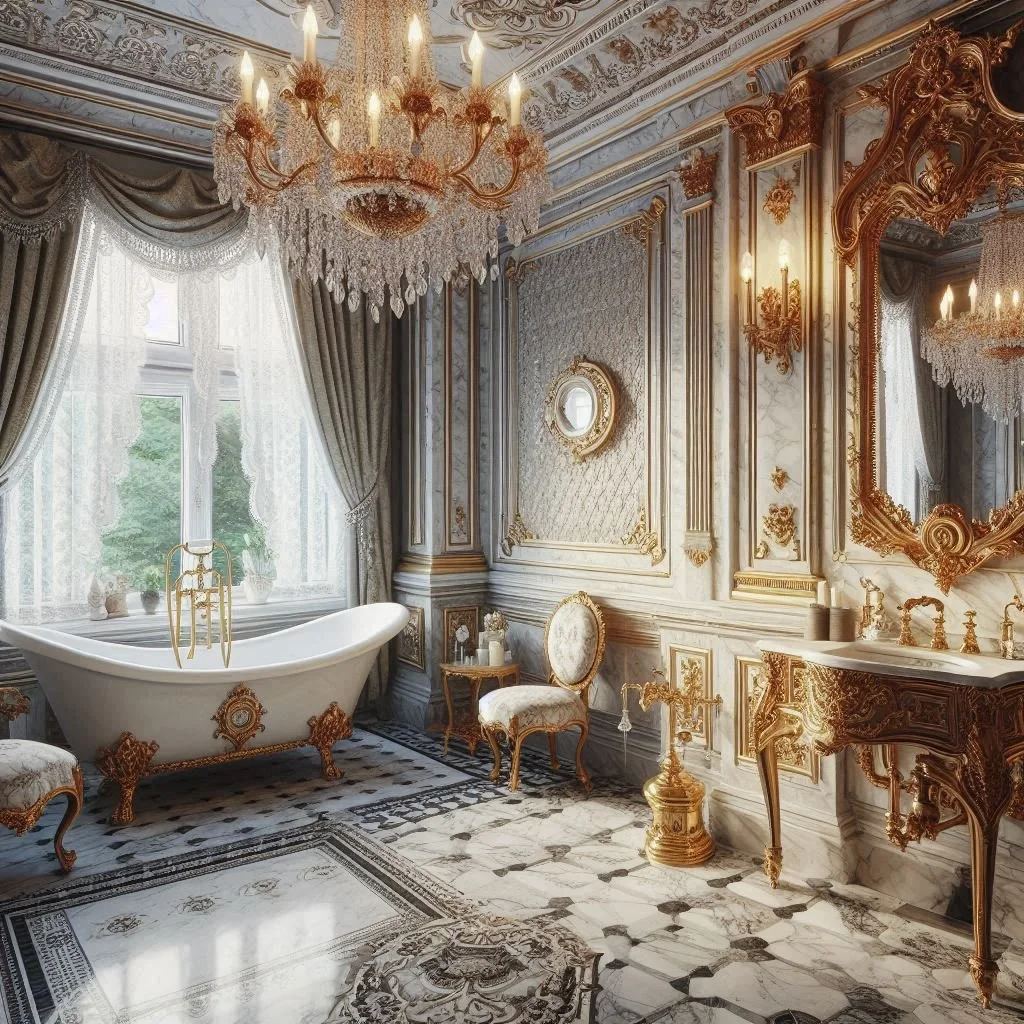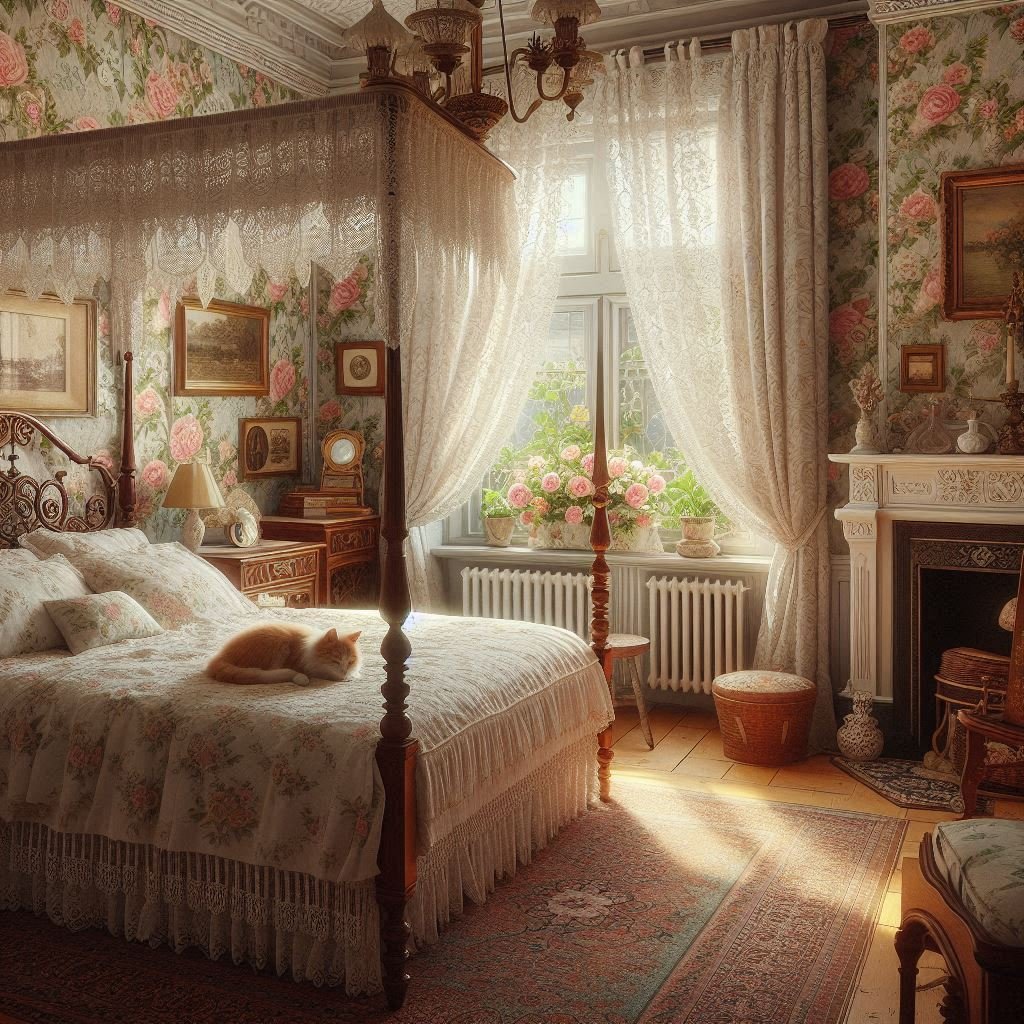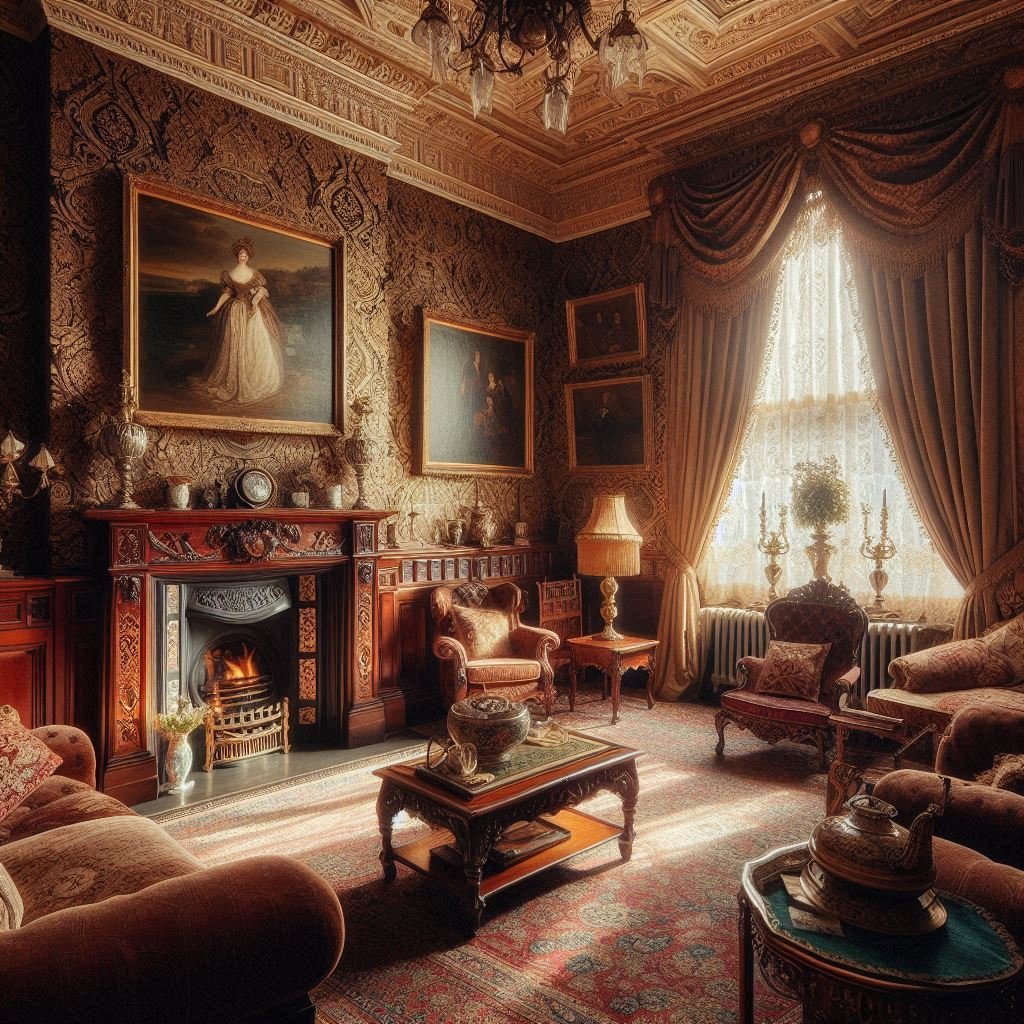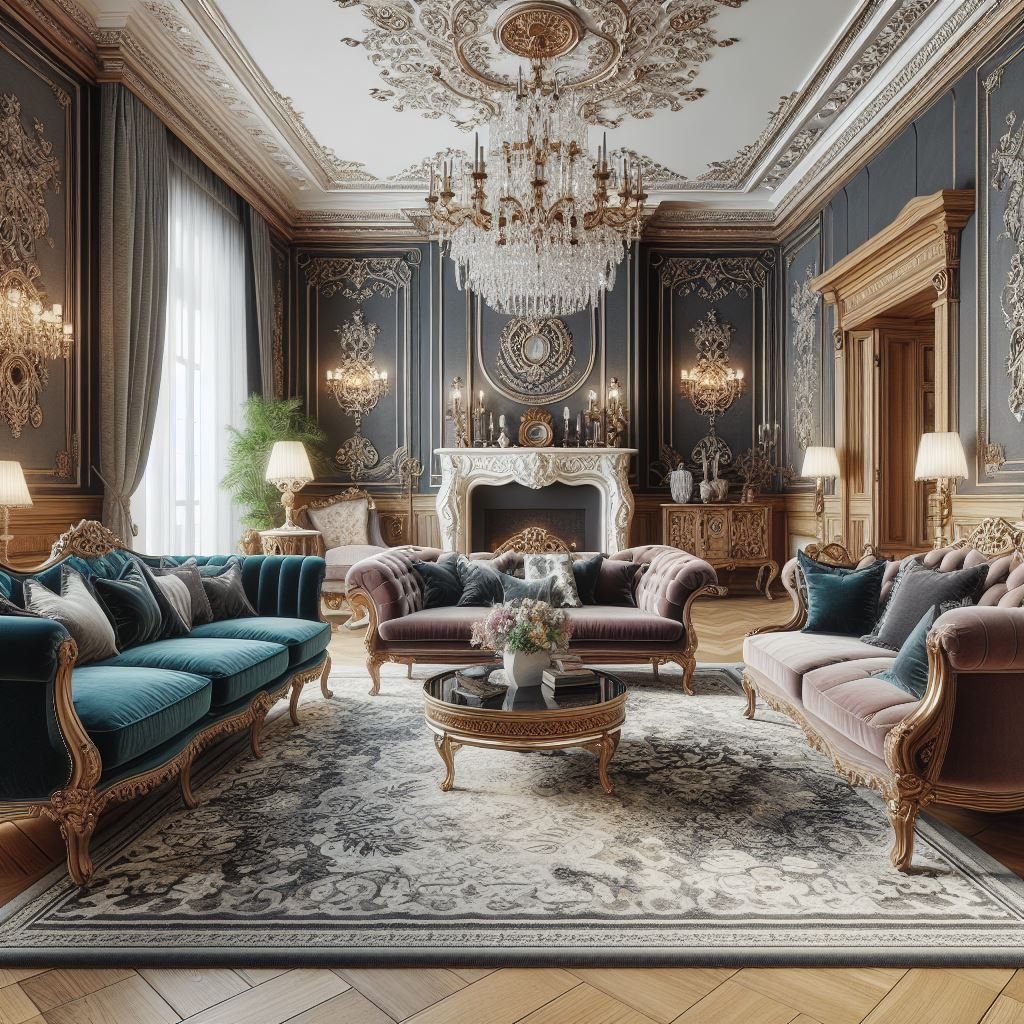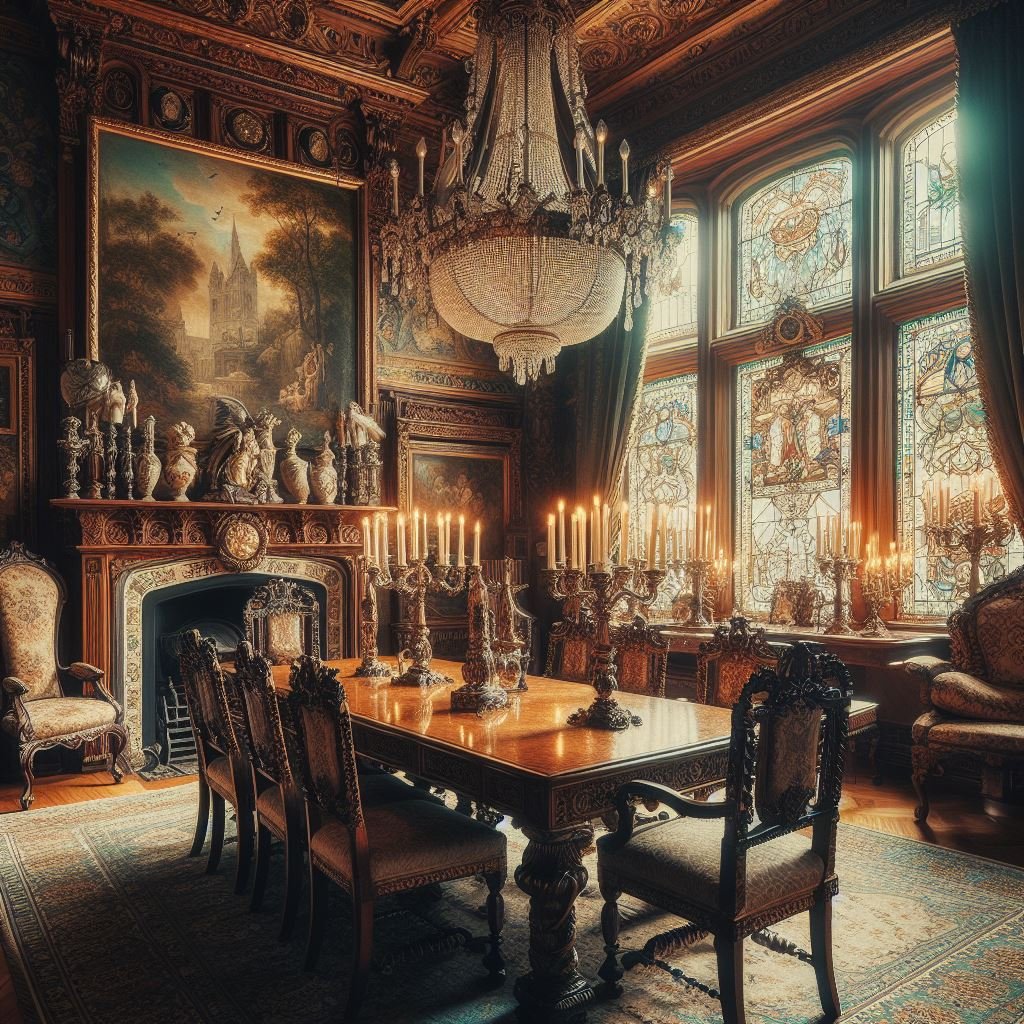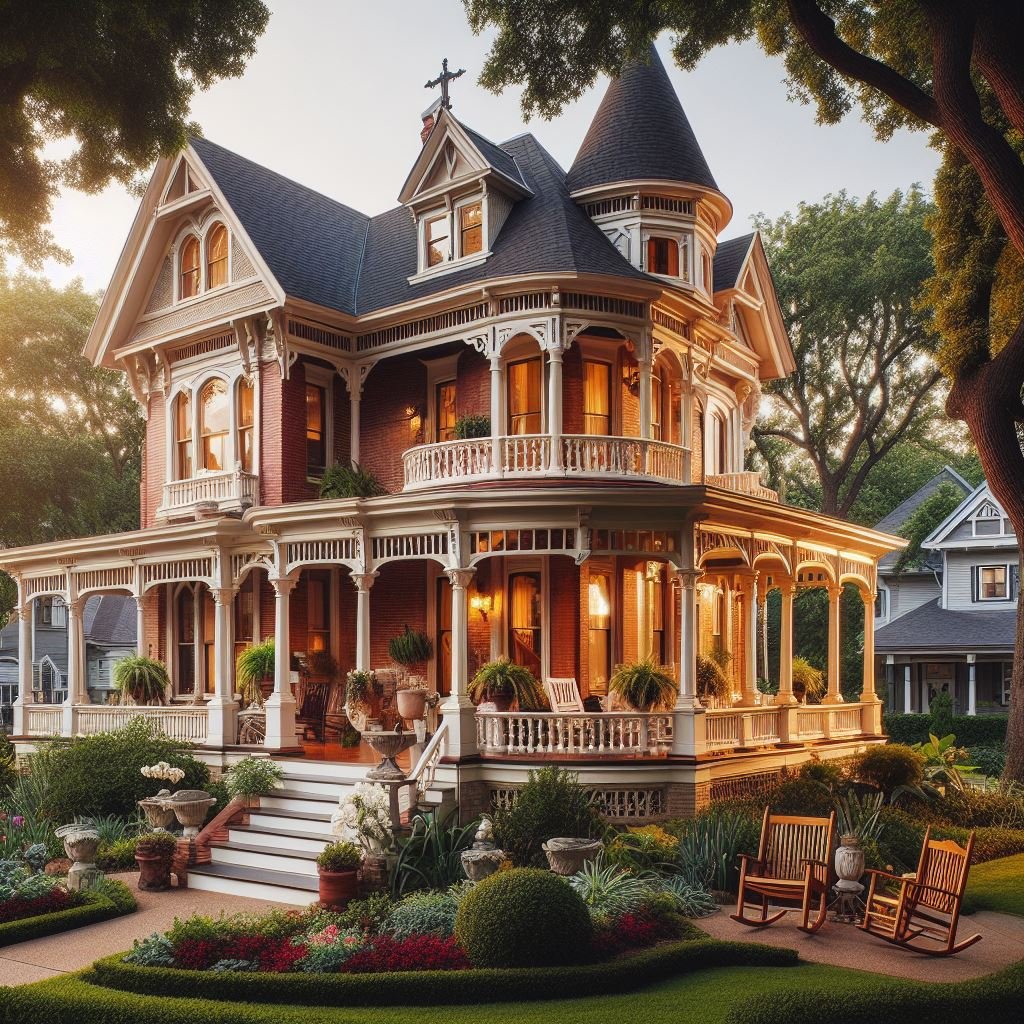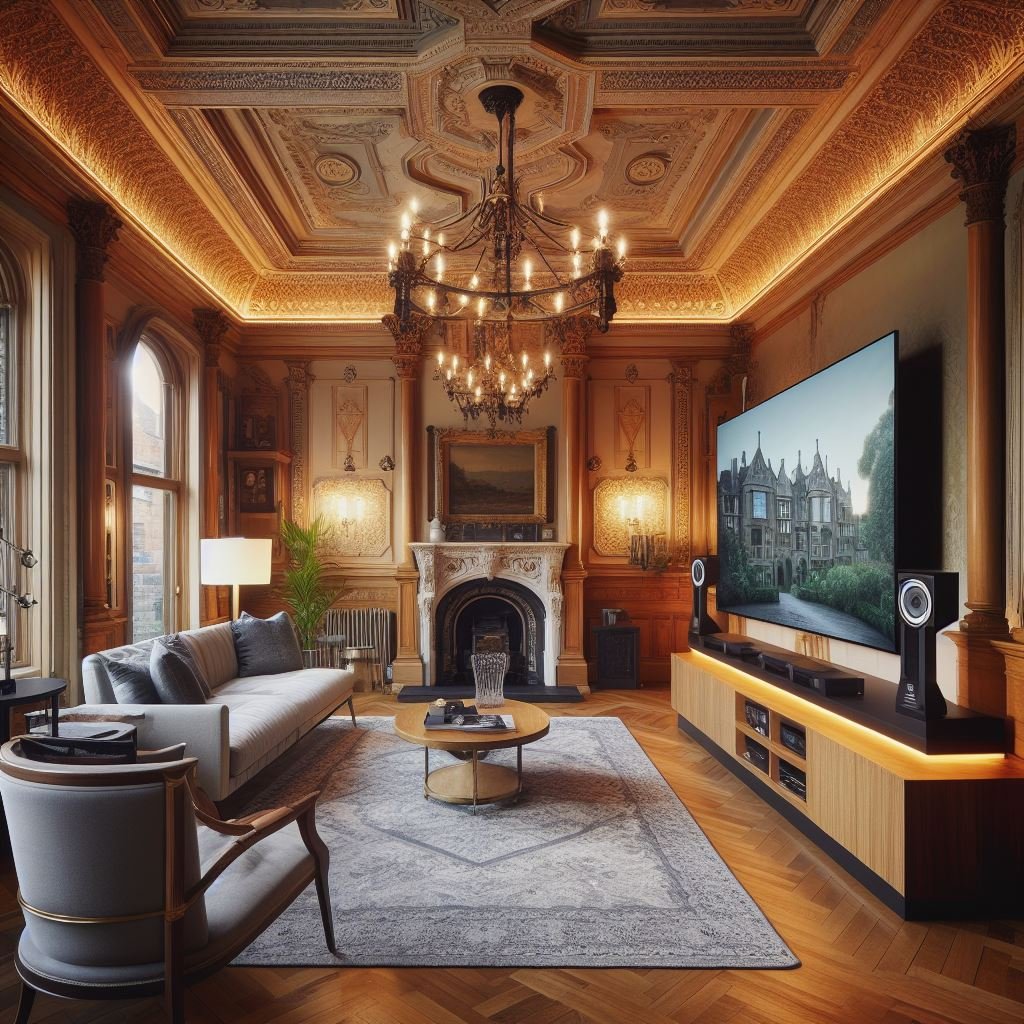Victorian Cast Iron Fireplace – All You Need to Know
Explore the elegance and functionality of Victorian cast iron fireplaces. Get insights on their history, installation tips, and maintenance to enhance your home's charm.
The Victorian cast iron fireplace is a timeless icon of British home design, evoking a sense of elegance, history, and craftsmanship. Born during an era of innovation and artistic detail, these cast iron fireplaces were more than just a practical source of warmth; they were a statement of style and sophistication. Today, they continue to captivate homeowners and interior designers alike, blending historic charm with modern aesthetics.
Whether you're restoring an original piece or considering a reproduction, understanding the history, design, and maintenance of these fireplaces is essential. This article explores everything you need to know, from their origins in the Victorian and Edwardian eras to tips for proper care and use.
Historical Context: Victorian and Edwardian Eras
The Victorian and Edwardian eras marked a golden age for home design, with fireplaces serving as both functional and decorative focal points in British households. During the 19th century, the Industrial Revolution made cast iron more affordable and versatile, paving the way for the creation of intricate iron fireplaces that were as much about artistry as utility.
In the Victorian era, these fireplaces often featured elaborate designs, including ornate mantels, decorative tiles, and finely detailed grates. Fireplaces were tailored to suit different rooms in the house, from grand marble or slate surrounds in formal drawing rooms to simpler cast iron combination fireplaces for cosier spaces like bedrooms.
By the Edwardian era, fireplace designs began to shift towards a more streamlined aesthetic, reflecting the changing tastes of the time. While still retaining the timeless appeal of cast iron, Edwardian fireplaces showcased subtler ornamentation and lighter materials, making them ideal for a broader range of interior styles.
These fireplaces were not only practical but also an expression of status, taste, and the craftsmanship of their time, a legacy that continues to make them highly desirable today.
Design Elements and Styles
The beauty of a Victorian cast iron fireplace lies in its attention to detail and versatility, allowing it to complement various interiors. Key features include the mantel, often made of cast iron, marble, or slate, which frames the fireplace and provides a decorative shelf for displaying ornaments or photos. Some designs incorporated a separate mantel, enabling homeowners to customise their look further.
One of the most distinctive styles is the cast iron combination fireplace, where the surround, grate, and decorative elements are fused into a single unit. These are particularly popular in smaller spaces, such as bedrooms, due to their compact yet impactful design.
Many iron fireplaces from this era also featured colourful, hand-painted tiles, adding a touch of vibrancy and artistic flair to the otherwise monochrome cast iron. These tiles typically depicted floral patterns, geometric motifs, or pastoral scenes, providing a personalised touch to the room’s aesthetic.
From ornate Victorian designs with intricate carvings to the understated elegance of Edwardian styles, these fireplaces continue to make a bold statement, blending historical charm with modern sensibilities.
How to Properly Use a Victorian Cast Iron Fireplace
Owning a Victorian cast iron fireplace is both a privilege and a responsibility. To fully enjoy its charm and ensure its longevity, proper use is essential. Here’s a guide to help you get started:
Installing the Fireplace
Before using a cast iron fireplace, ensure it is installed correctly. If you’re working with an original piece, confirm that it’s compatible with your home’s chimney and flue system. For modern homes, adaptations may be necessary to comply with building regulations and fire safety standards. Always seek professional help for installation to avoid potential hazards and ensure the fireplace operates efficiently.
Building and Maintaining a Fire
Creating a fire in a cast iron fireplace requires a bit of planning. Start by selecting the right fuel. Traditional options like wood or coal were common during the Victorian and Edwardian eras, but modern alternatives like eco-friendly logs or smokeless coal are equally suitable and help reduce soot buildup.
Arrange your fuel carefully on the grate, ensuring enough airflow to keep the fire burning evenly. Avoid overloading the fireplace, as this can damage the inset and produce excessive smoke. Always use a sturdy fireguard to prevent sparks from escaping and protect your mantel and surrounding area from heat damage.
Ventilation and Drafts
Proper ventilation is crucial when using a cast iron fireplace. Make sure the chimney is clear of obstructions and has a strong draft to expel smoke effectively. A poorly maintained chimney can cause smoke to back up into the room, which is not only unpleasant but also a safety risk.
With these steps, you’ll enjoy the warmth and beauty of your Victorian cast iron fireplace while preserving its functionality for years to come.
If at any point you'll end up needing fire-resistant materials or high-temperature insulation products, you can find them at Vitcas.
Caring for and Maintaining Cast Iron Fireplaces
A Victorian cast iron fireplace is a long-lasting feature when properly cared for. Regular maintenance ensures it remains both a functional heat source and a stunning centrepiece in your home.
Cleaning the Fireplace
Keeping your fireplace clean is key to preserving its polished appearance. After the fire has completely cooled, remove ash and debris from the grate. Dust the cast iron surface regularly to prevent buildup and wipe it with a damp cloth for a fresh finish. Be mindful of decorative tiles, which should be cleaned gently to avoid scratches or damage to their intricate designs.
Preventing Rust
Moisture is the greatest enemy of cast iron fireplaces. To prevent rust, apply a thin layer of stove polish or protective wax to the surface. If you spot any rust forming, use fine steel wool to gently remove it, followed by a coat of polish to restore the highlighted areas. For fireplaces that are rarely used, consider adding a moisture absorber to the grate area or leaving the firebox open to promote airflow.
Restoring and Refurbishing
Over time, parts of your fireplace, such as the mantel, tiles, or grate, may show signs of wear. Minor repairs, like repainting the cast iron or replacing damaged tiles, can often be done at home with the right materials. However, for extensive restoration, particularly for antique fireplaces, it’s best to consult a professional restorer to ensure the piece retains its historical value and structural integrity.
With proper care, a Victorian cast iron fireplace can remain a striking and functional addition to your home, embodying the elegance of the Victorian and Edwardian eras for generations to come.
Conclusion
The Victorian cast iron fireplace remains a beloved feature in homes, combining the beauty of historical design with lasting practicality. Rooted in the craftsmanship of the Victorian and Edwardian eras, these fireplaces serve as a testament to timeless style, whether used as a functional heat source or a decorative centrepiece.
By understanding the history, design elements, and care tips outlined in this article, you can ensure your cast iron fireplace continues to make a bold statement in your home for years to come. Whether you’re restoring an antique piece or installing a modern reproduction, the warmth, and elegance of these fireplaces are unparalleled.
Explore the variety of styles, materials, and decorative features available to find the perfect fireplace for your space. A Victorian cast iron fireplace isn’t just a feature – it’s a legacy of timeless charm and craftsmanship that will forever enrich your home.
